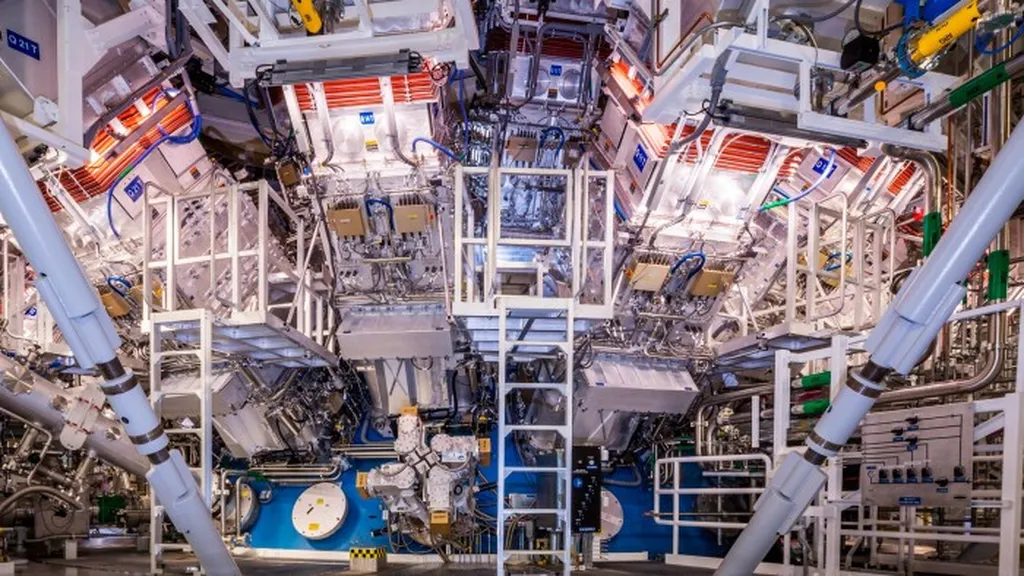The fusion energy sector is on the cusp of a revolution, driven by recent breakthroughs and sustained global investment. The 2022 achievement of net energy gain at the U.S. National Ignition Facility (NIF) marked a historic moment, proving that fusion can yield more energy than it consumes in the reaction itself. This milestone has reignited global enthusiasm and investment, pushing fusion from the realm of scientific curiosity to the brink of commercial viability.
The implications of this progress are profound. Fusion energy promises a future where power generation is clean, abundant, and virtually limitless. Unlike nuclear fission, fusion produces minimal radioactive waste and no greenhouse gas emissions. This makes it an attractive option for addressing climate change and meeting growing energy demands. The recent breakthroughs have sparked a wave of investment and innovation, with both public and private sectors racing to develop practical fusion reactors.
The journey of fusion energy is deeply rooted in our understanding of the stars. Arthur Eddington’s hypothesis in the 1920s and Hans Bethe’s groundbreaking work in 1939 laid the foundation for modern fusion research. The Cold War era saw significant investment in nuclear research, leading to the development of the tokamak, a toroidal device that remains the most promising fusion concept today. The Joint European Torus (JET) in the UK produced a record 16 megawatts of fusion power in 1997, and the NIF’s 2022 achievement has set a new benchmark for the field.
The science of fusion energy is elegant yet challenging. It involves combining light atomic nuclei to form heavier elements, releasing vast amounts of energy in the process. The most promising reaction for practical energy generation on Earth involves deuterium and tritium, isotopes of hydrogen. When these nuclei fuse, they produce a helium nucleus and a high-energy neutron, releasing 17.6 million electron volts of energy. However, achieving and sustaining this reaction on Earth is extremely challenging. The hydrogen nuclei must be brought close enough together to overcome their natural electrostatic repulsion, requiring temperatures exceeding 100 million degrees Celsius.
Several approaches have been developed to achieve and sustain fusion reactions. Magnetic confinement fusion, particularly in tokamaks, is the most mature and widely studied. These machines use powerful magnetic fields to confine plasma in a toroidal chamber, allowing the necessary conditions for fusion to be maintained long enough for energy to be extracted. The stellarator, another magnetic confinement concept, offers the advantage of steady-state operation without requiring an internal electric current to maintain plasma stability. Inertial confinement fusion (ICF), used by the NIF, employs lasers or ion beams to compress tiny fuel pellets, achieving the high temperatures and pressures needed for fusion in extremely short bursts.
The recent surge in private-sector investment has led to a proliferation of alternative and hybrid fusion approaches. Companies are exploring compact fusion devices, magnetised target fusion, and field-reversed configurations, aiming to simplify reactor design, reduce costs, and accelerate timelines to commercialisation. However, a critical technological barrier across all reactor designs is the development of materials that can withstand the extreme conditions inside a fusion reactor. Current research focuses on advanced alloys, tungsten-based materials, and silicon carbide composites to ensure long-term durability and safety.
Flagship projects like ITER, JET, NIF, EAST, KSTAR, and Wendelstein 7-X are leading the charge in fusion research. ITER, a multi-billion-euro facility in France supported by 35 nations, aims to achieve net energy gain on a large scale. Though delayed and over budget, its success would demonstrate the feasibility of fusion power. JET continues to provide valuable data for ITER and future reactors, while NIF’s 2022 success has proven that net energy gain is achievable. China’s EAST and South Korea’s KSTAR are setting records for plasma temperature and confinement, contributing to the global understanding of stable, sustained fusion conditions. Germany’s Wendelstein 7-X offers critical insights into alternative magnetic confinement strategies.
The recent breakthroughs in fusion energy have significant implications for the energy sector. They challenge the status quo of fossil fuels and nuclear fission, offering a clean, abundant, and virtually limitless source of power. The progress in fusion research has sparked a wave of investment and innovation, with both public and private sectors racing to develop practical fusion reactors. However, the road to commercial fusion power is fraught with technical challenges and uncertainties. The development of materials that can withstand the extreme conditions inside a fusion reactor is a critical barrier that must be overcome. Despite these challenges, the potential benefits of fusion energy are immense, and the recent breakthroughs have brought us one step closer to a future powered by the stars. The energy sector must now grapple with the implications of this progress, investing in research and development, and preparing for a future where fusion power plays

